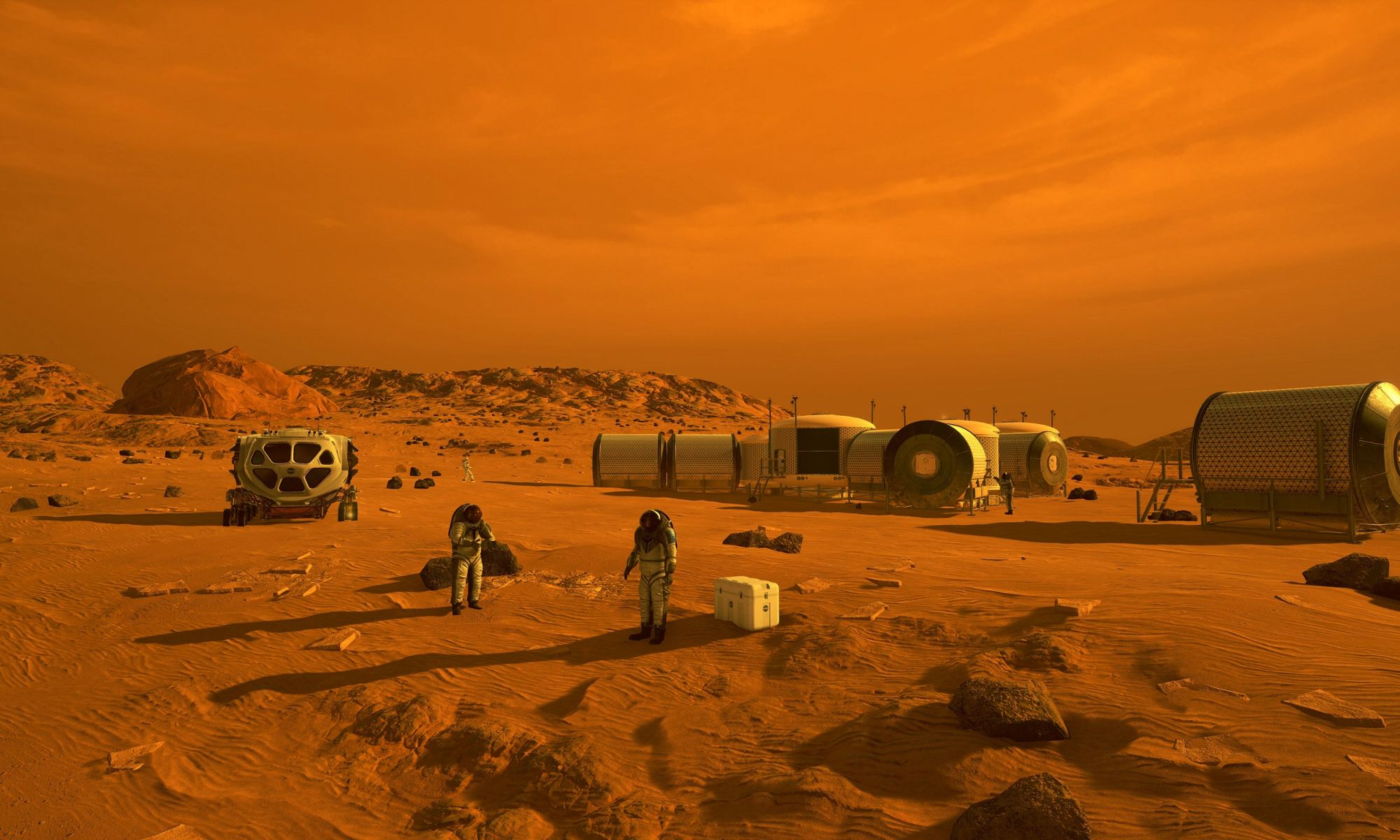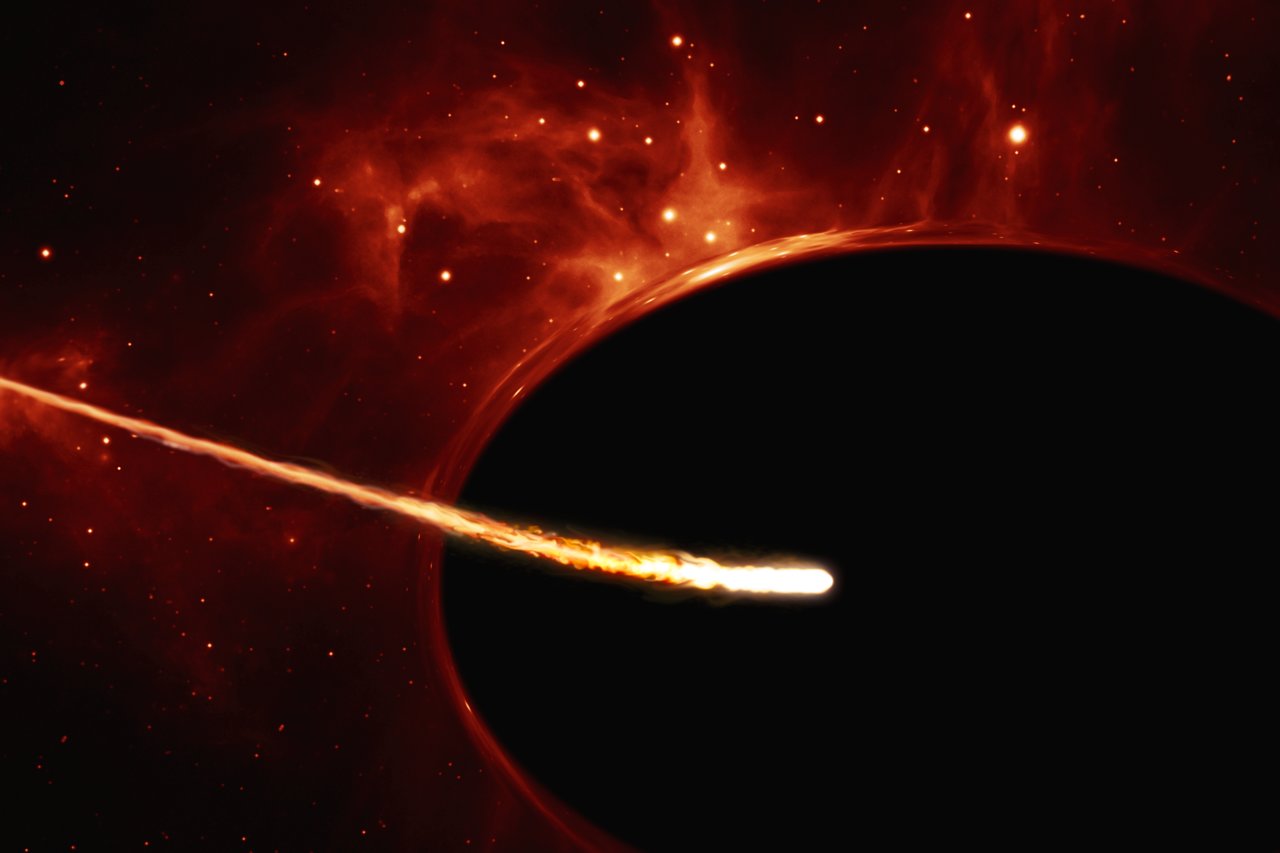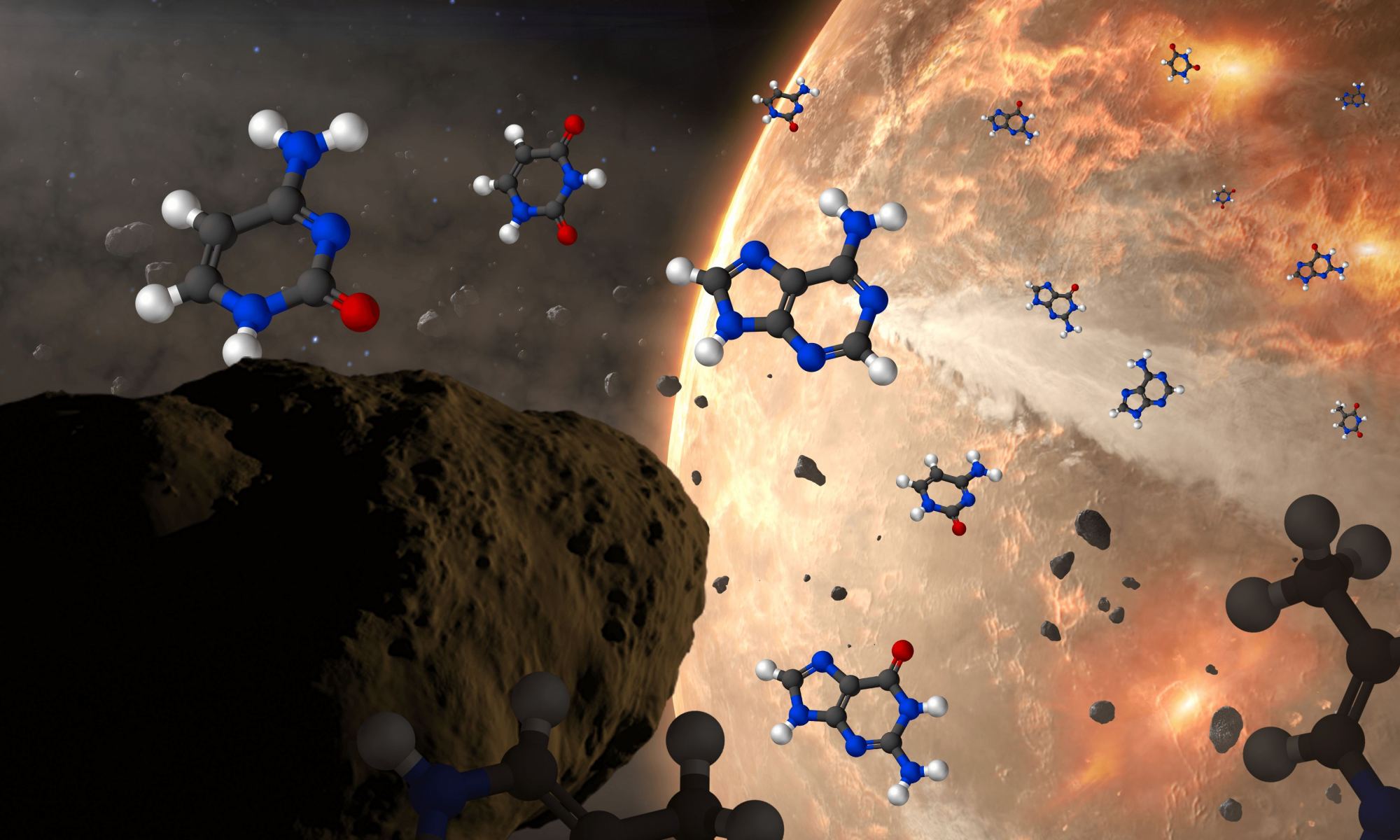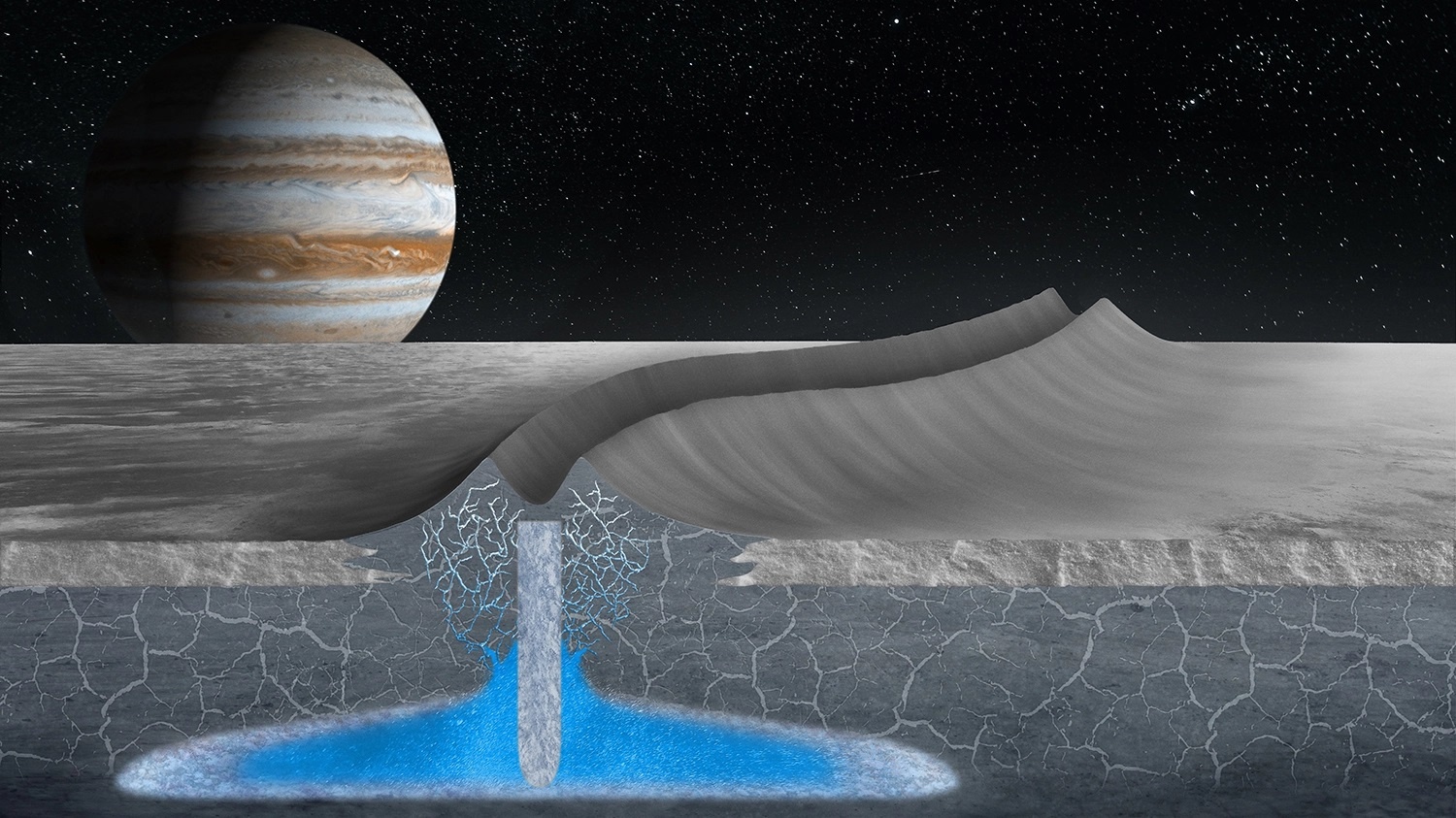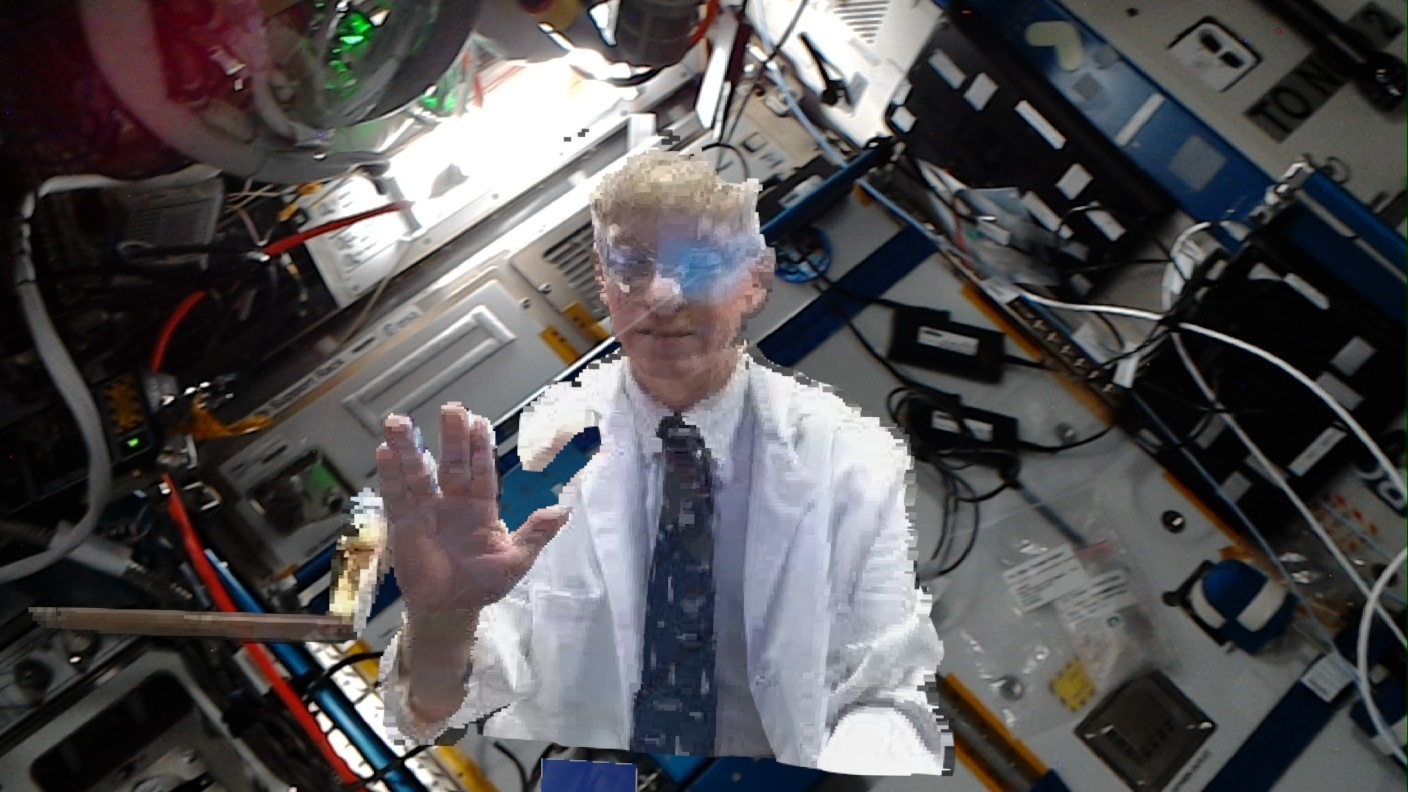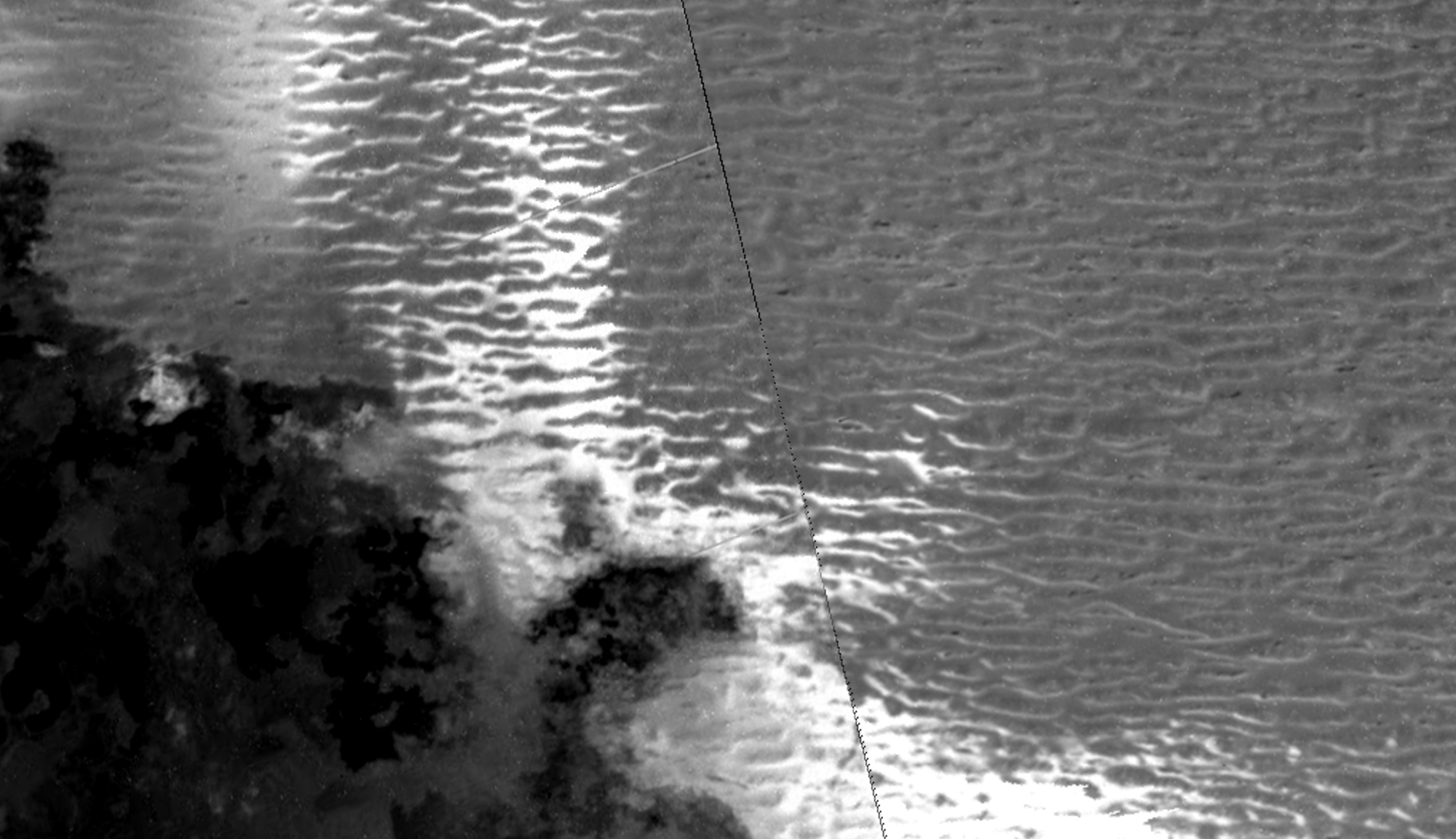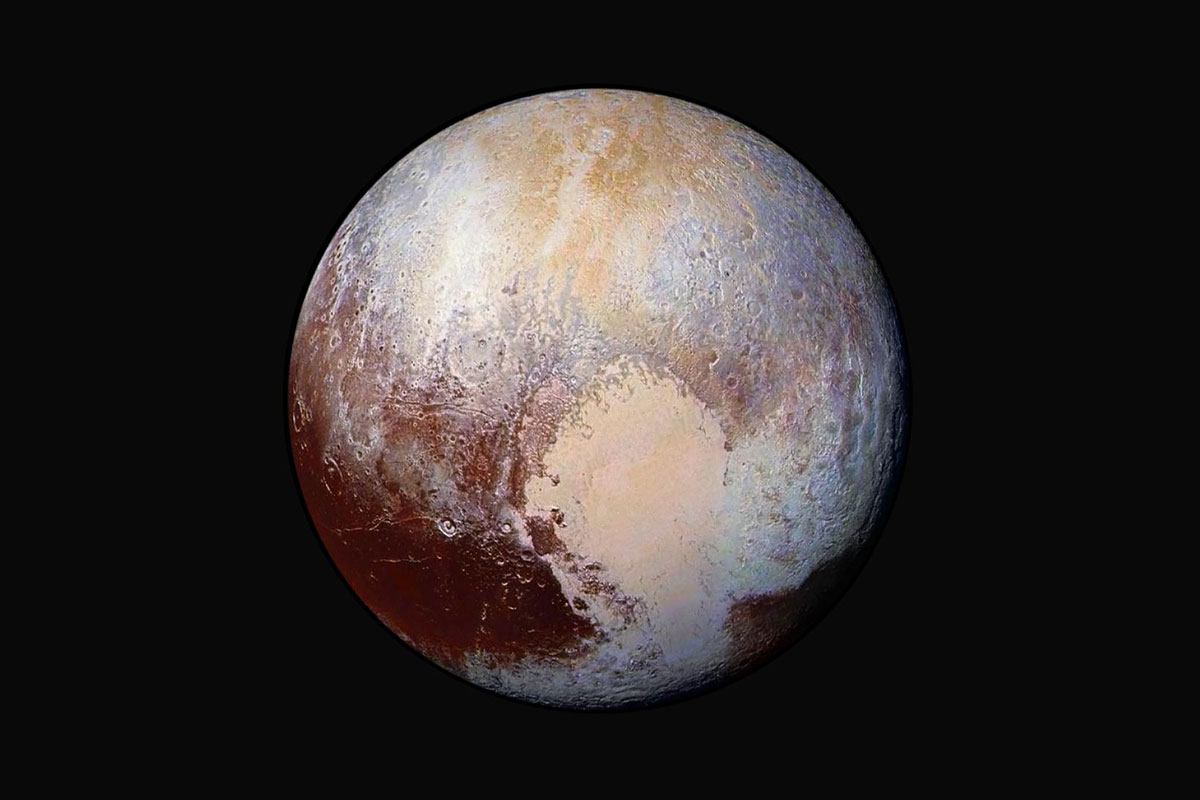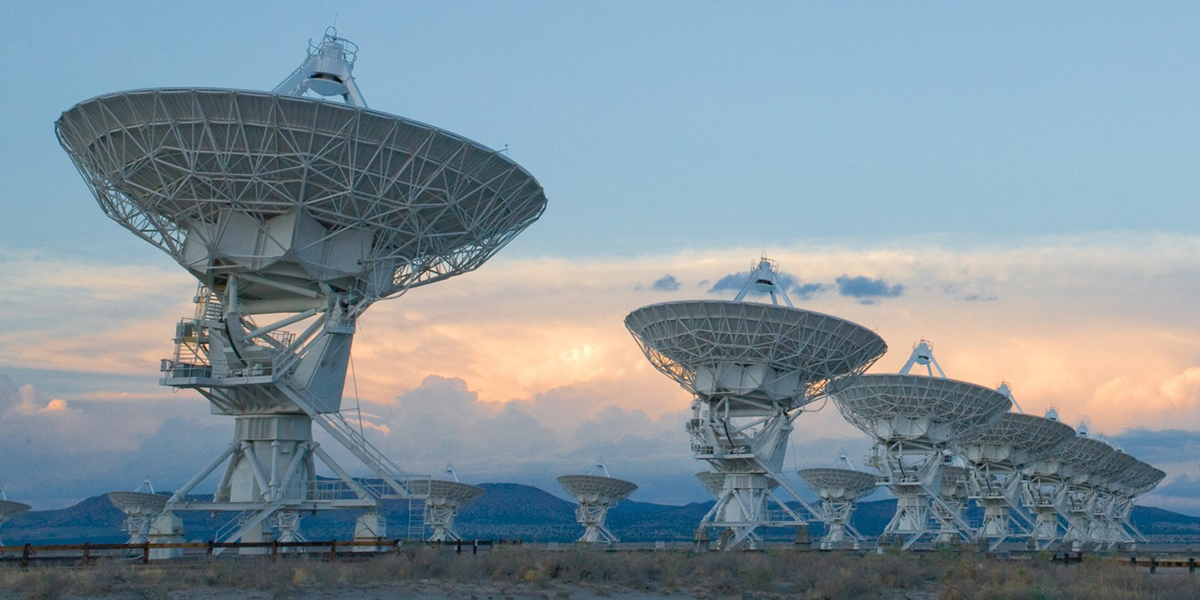In the coming decade, NASA and China plan to send the first crewed missions to Mars. This will consist of both agencies sending spacecraft in 2033, 2035, 2037, and every 26 months after that to coincide with Mars being in “Opposition” (i.e., when Earth and Mars are closest in their orbits). The long-term aim of these programs is to establish a base on Mars that will serve as a hub that accommodates future missions, though the Chinese have stated that they intend for their base to be a permanent one.
The prospect of sending astronauts on the six-to-nine-month journey to Mars presents several challenges, to say nothing of the hazards they’ll face while conducting scientific operations on the surface. In a recent study, an international team of scientists conducted a survey of the Martian environment – from the peaks of Mount Olympus to its underground recesses – to find where radiation is the lowest. Their findings could inform future missions to Mars and the creation of Martian habitats.
Continue reading “Which Parts of Mars are the Safest From Cosmic Radiation?”
